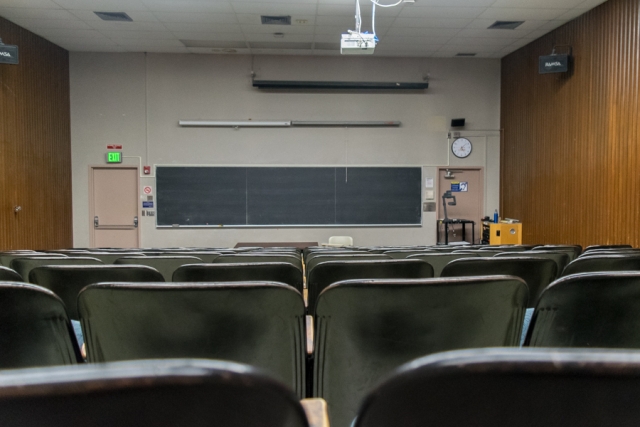A guide for parents and teachers on how to take climate action with America’s youth
I remember clearly the first time I understood what death really meant. That all people — parents, brothers, friends and myself — will eventually be no more. I was about five years old, and my dad was watching Braveheart. I walked into the room right when Mel Gibson was getting tortured and executed. I was confused and asked my dad what was happening.
“He’s dying,” my dad told me.
“What happens when he dies?” I asked him.
His answer of “ceasing to exist” and “complete eternal darkness” haunted me for years. Every time I saw Gibson’s face I associated it with death, and depression would take hold of me. It wasn’t my dad’s best moment.
Parents and teachers, after being guardians, are the educators of our youth. Their duty is to make sure kids are prepared for the future ahead of them. Certain lessons about life can be very scary to kids, and fear is not a good teacher or motivator. The biggest challenge facing our youth — climate change — is also a scary one. How we go about teaching kids could be the difference between paralyzing fear and action.
Previously, I wrote an column explaining how 80% of parents and 86% of teachers think kids should be taught climate change, but only 42% of parents and 45% of teachers actually teach them about this issue.
The overwhelming majority of teachers say they don’t teach climate change because “it’s not related” to their subject. But I challenge that claim. Climate change is an issue that covers all subjects of education, and here’s how you can implement it even in non-science classes:
English
There are many great ways to introduce kids to climate change in language arts classes. You can assign reading from the various books related to the environment and climate change. A personal favorite and classic is The Magic School Bus — a flying school bus taking kids through adventures while they learn different science lessons. Check out the series’ “The Magic School Bus and the Climate Challenge” edition. EL Education also has great ideas on its website for English topics related to climate change for K–8th graders.
Math
Reading graphs and plotting points are basic lessons that all kids learn in math. Why not graph examples of how our greenhouse gas levels have been increasing dramatically over the past two centuries? You can add and subtract basic examples of the carbon cycle to see how extra carbon can surpass our threshold of living in a balanced cycle. Basic tools like transposing Celsius to Fahrenheit and calculating range, mean, median and percentages are all needed to understand the fundamentals of climate change. Math Goodies is a free website with a great “Mathematics and Climate” section that can be used to teach many different basic math lessons related to climate change.
Social Studies
Social studies classrooms are the perfect space for students to lose any worry or fear of climate change. Here, they can feel empowered to take action in their schools, homes or communities. Among many options, you can have your students do hands-on recycling projects, plant trees, write notes to members of Congress and use social media to spread environmental awareness. Social studies is the ideal subject to start teaching kids how to be good stewards of our planet. Teaching kids hands-on that climate change solutions must be solved by collective action and that all individuals can have an impact is a great way to show the power of social action. “Young Voices for the Planet” is a great website for teachers and kids that covers inspirational stories of youth taking action all over the world, while giving ideas and projects for how to take local action by developing an “action plan.”
Parents
You can request that your kid’s K–12 schools implement a climate change curriculum through the California Education and the Environment Initiative website. You can also participate with your kids in the #FridaysForFuture climate marches that happen every Friday all over the world, which was started by Swedish 16-year-old and Nobel Peace Prize nominee Greta Thunberg. Strikes are happening in every major city, and you can request and organize one in your own city if yours doesn’t already have one. If you live in Davis, the Peregrine Project leads strikes every Friday at 10:30 a.m. at Peregrine School (click on the Davis map for contact information).
The youth of the world have shown us what they can do when aware of the problems facing them. 21 youth activists are currently suing the U.S. in Juliana v. United States, and children all over the world are marching to the beat of a 16-year-old’s drum and demanding climate action. Educating our youth by giving them hope and encouraging them to take action is the least we can do.
Like Will Smith told his son Jaden in the movie “After Earth”:
“Fear is not real. The only place where fear can exist is in our thoughts of the future […] Danger is very real, but fear is a choice.”
Teach our kids. Let them have a choice between fear and hope. They’ll choose wisely.
Written by: Daniel Oropeza — daoropeza@ucdavis.edu
Disclaimer: The views and opinions expressed by individual columnists belong to the columnists alone and do not necessarily indicate the views and opinions held by The California Aggie.





